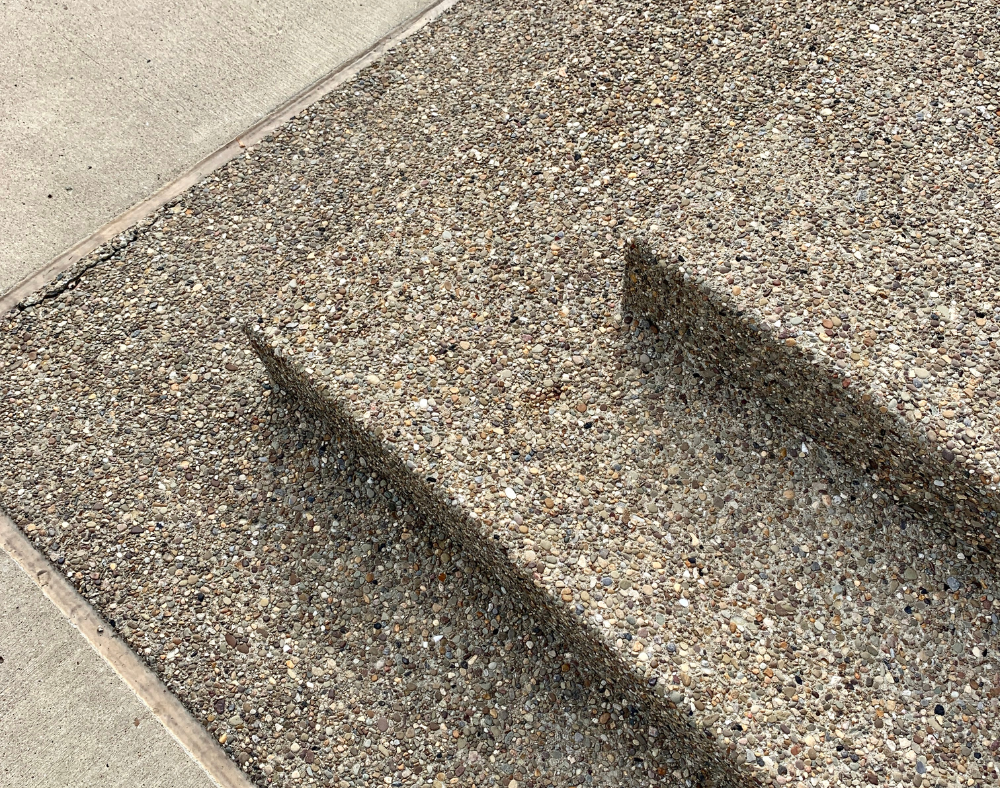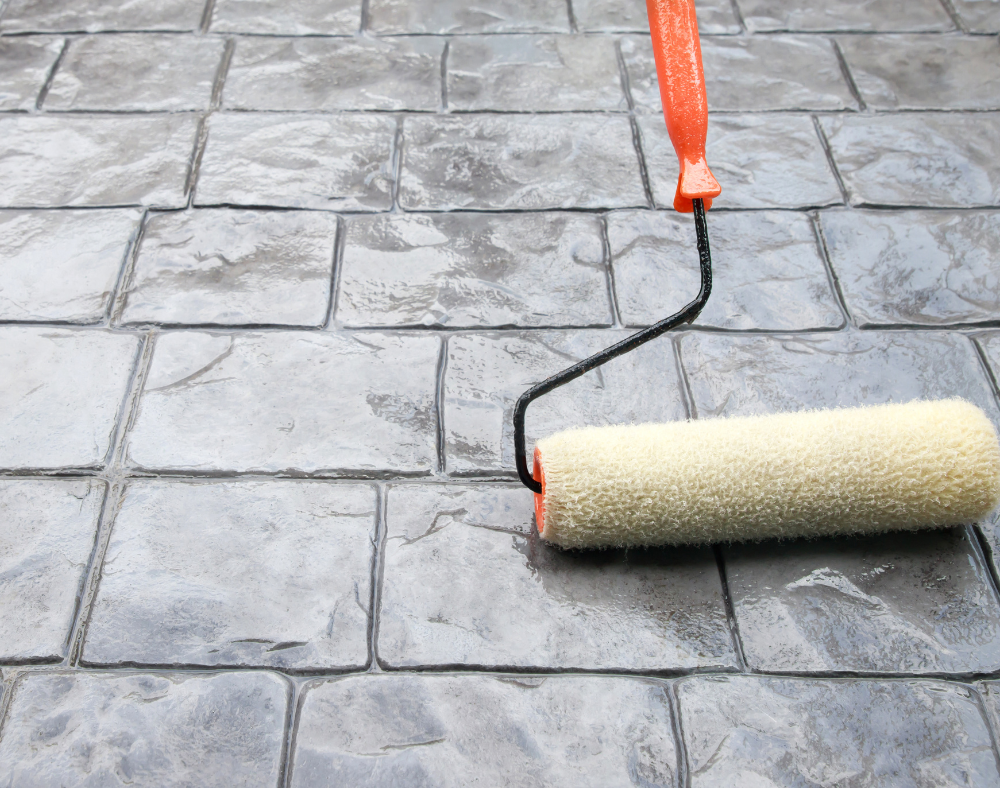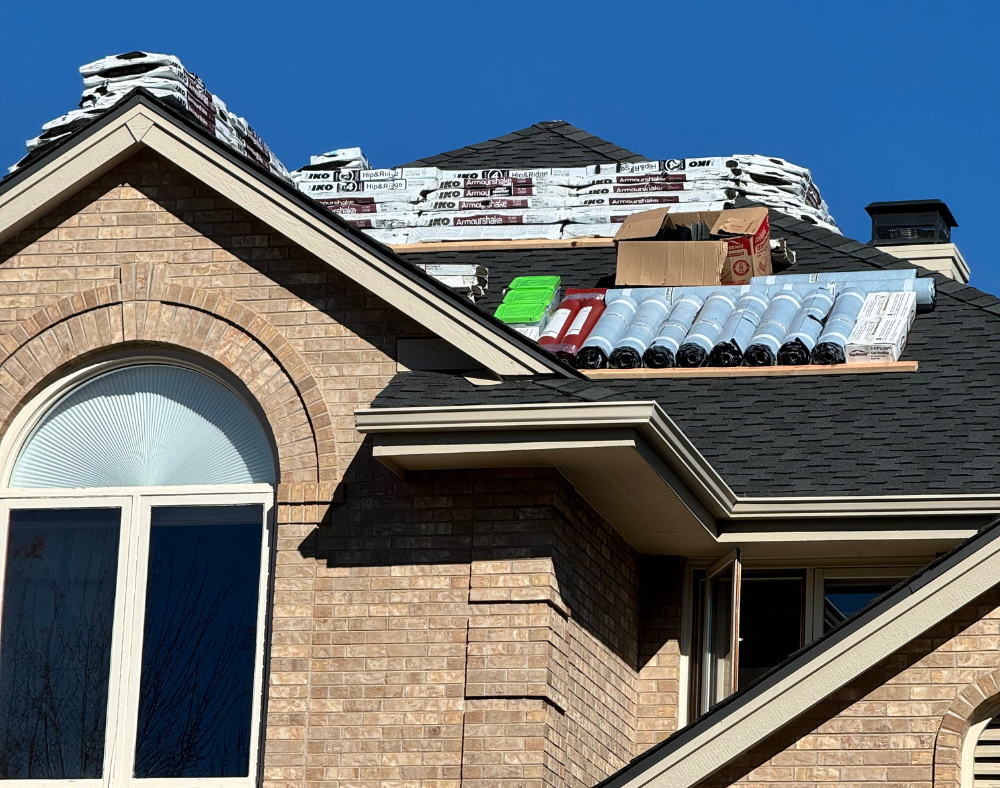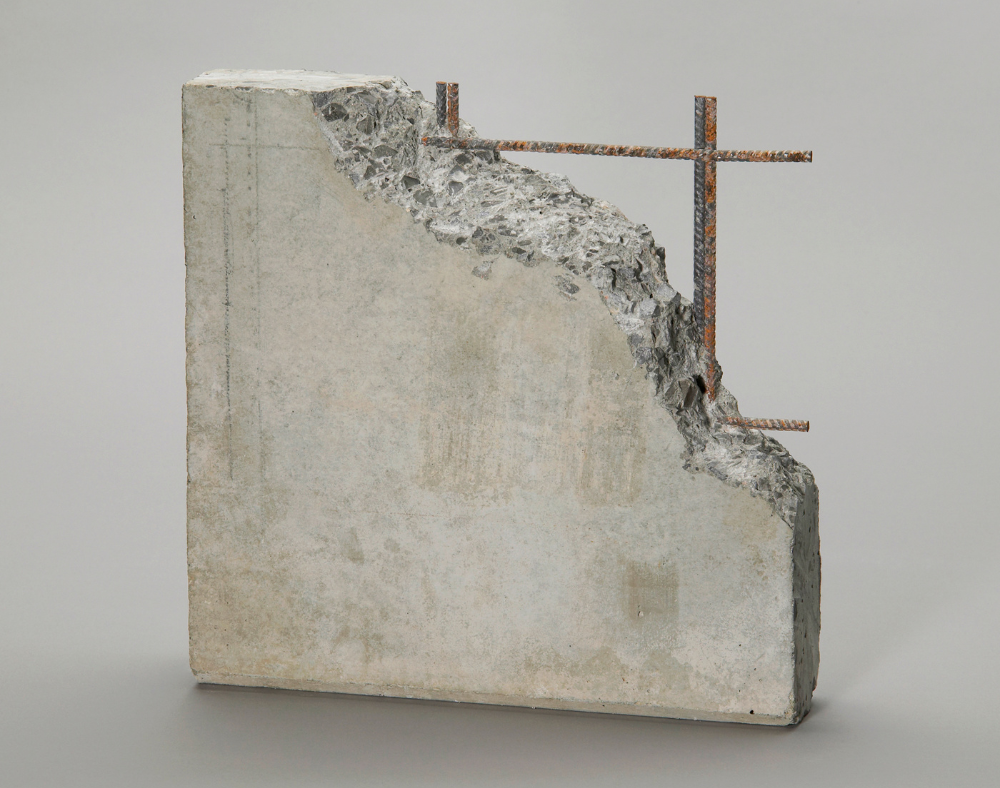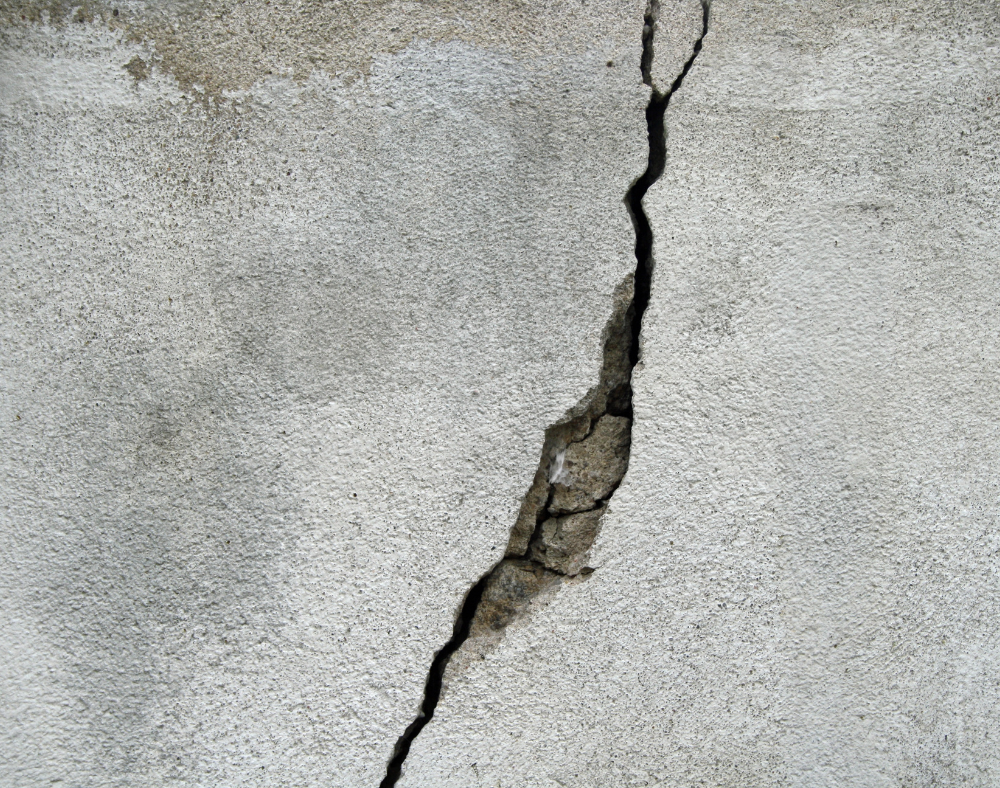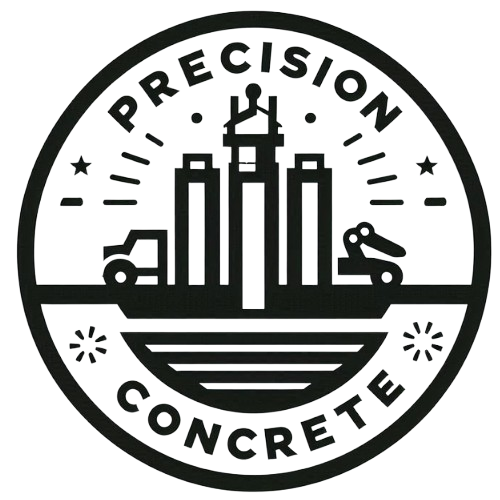Learn essential tips for managing drainage around concrete surfaces. Ensure durability and prevent water damage effectively
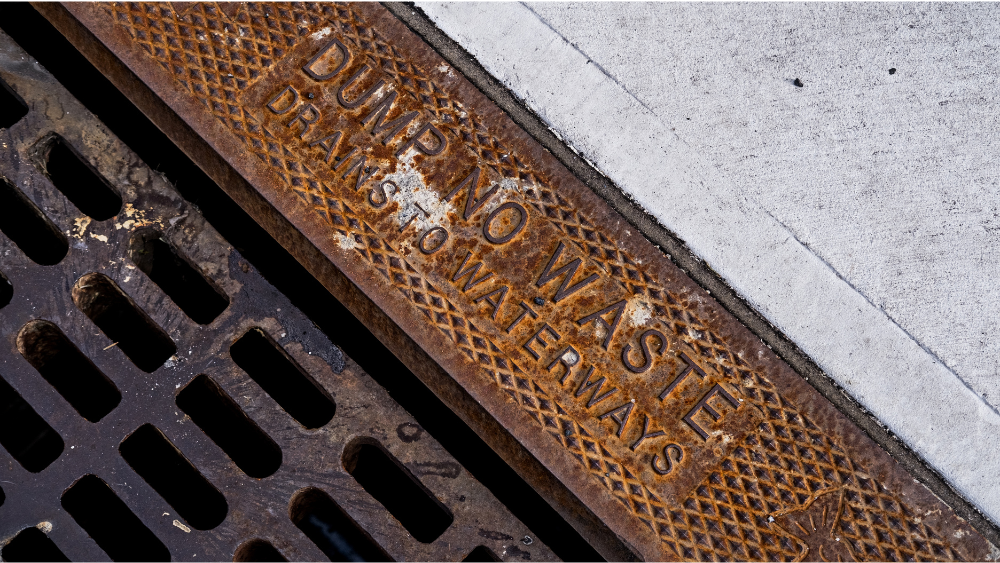
Proper drainage management around concrete structures is crucial to maintaining their integrity and longevity, especially in areas like the Bay Area, Danville, CA, where varying weather patterns can impact concrete surfaces. This guide will cover effective strategies for managing drainage around concrete, helping you safeguard your driveway, patio, or walkway from water damage.
Why is Proper Drainage Around Concrete Important?
Concrete is a durable material, but water can be its worst enemy if not managed properly. Poor drainage can lead to:
- Cracking and Structural Damage: Water accumulation can cause cracks, leading to costly repairs.
- Erosion: Improper drainage can erode soil beneath the concrete, weakening its foundation.
- Mold and Mildew Growth: Standing water may result in mold, which can cause health issues and damage your property’s aesthetic.
Managing drainage helps prevent these issues and ensures that your concrete surfaces remain stable and visually appealing. Learn more about the importance of concrete maintenance.
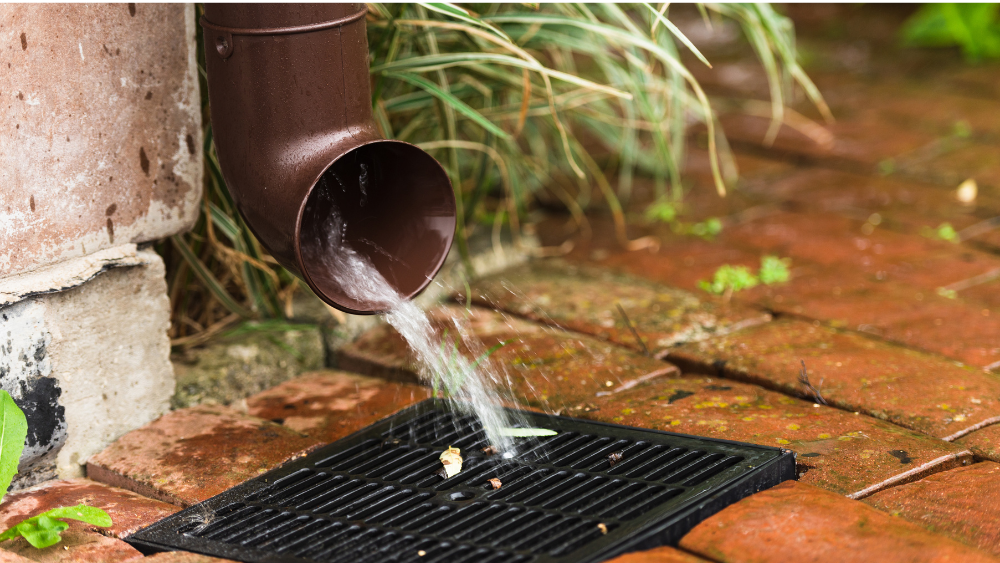
Common Drainage Solutions for Concrete
There are several ways to manage drainage around concrete. Here are some of the most effective methods:
- Proper Grading
- Grading is the first step in ensuring water flows away from your concrete surfaces. A slight slope away from your driveway, patio, or walkway can help prevent water accumulation.
- For best results, ensure a slope of about 2% away from the structure (approximately 1/4 inch per foot). This can be adjusted based on your property’s landscape and the local climate in Danville.
- French Drains
- A French drain is a popular option for areas prone to heavy rainfall. It involves installing a perforated pipe beneath the ground to direct water away from concrete surfaces.
- French drains are suitable for patios and driveways and help manage excess water that may otherwise pool around your concrete. Learn how to install French drains.
- Catch Basins and Drainage Channels
- Catch basins are another solution that collects surface water and redirects it through an underground drainage system.
- Drainage channels are often installed along driveways and walkways to allow water to flow away efficiently.
- These systems are especially beneficial in areas like Danville, where occasional heavy rains can cause water pooling.
- Gutters and Downspouts
- Ensuring that your gutters and downspouts are functioning properly is essential. When gutters overflow or downspouts are misaligned, water can end up near concrete surfaces.
- Extend downspouts at least five feet away from the foundation to keep water off your concrete and foundation. Gutter maintenance tips.
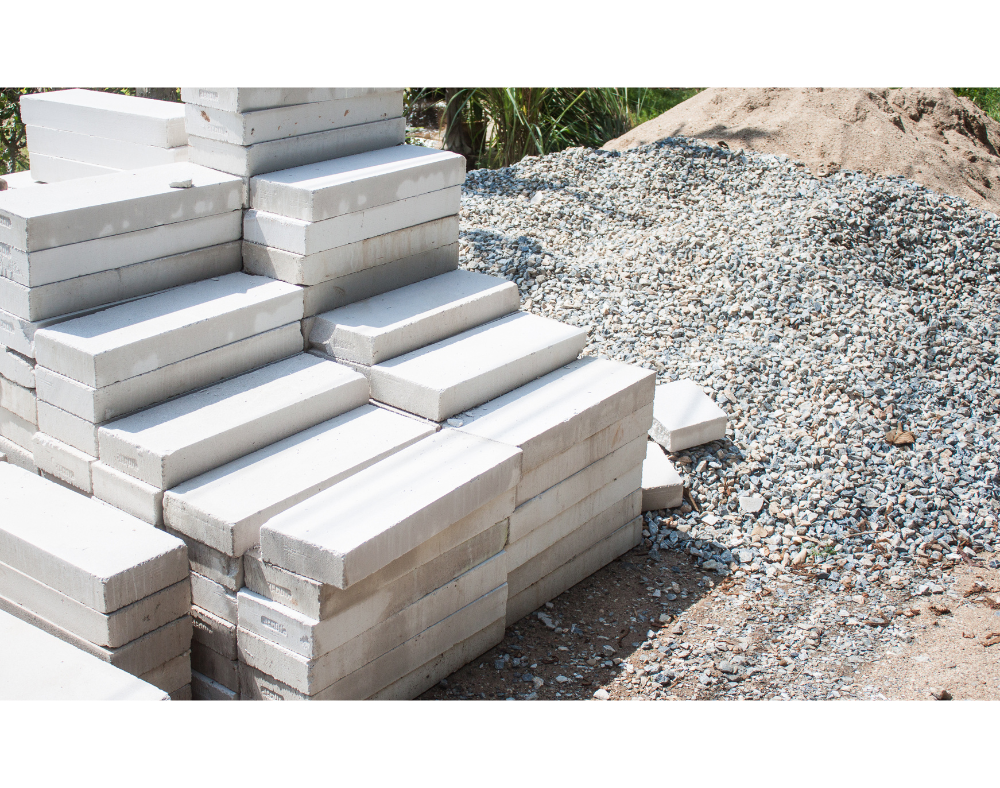
Materials and Solutions for Durable Concrete Drainage Systems
The materials you choose play a crucial role in ensuring your drainage system is effective and durable. Here are some materials to consider:
- PVC Pipes: Commonly used for French drains, PVC pipes are durable and resistant to damage, making them ideal for underground installations.
- Permeable Concrete Pavers: Permeable pavers are a sustainable option for driveways or walkways as they allow water to pass through, reducing runoff and preventing pooling.
- Gravel and Geotextiles: These materials are often used in drainage systems to enhance water flow while preventing soil erosion.
Tips for Managing Drainage in the Bay Area, Danville, CA
The Bay Area’s climate can be unpredictable, with periods of heavy rain and dry spells. Here’s how you can tailor your drainage system to match local conditions:
- Seasonal Maintenance: Check and clean your drainage systems before and after the rainy season. Clearing leaves, debris, and mud buildup is vital to ensure efficient water flow.
- Adapting to Heavy Rainfalls: Install systems like French drains, which can handle large volumes of water and prevent overflow around concrete surfaces.
- Planning for Dry Seasons: Even during dry periods, it’s essential to maintain your drainage system. Clogged drains can become breeding grounds for pests if not managed correctly.


Common Mistakes to Avoid
When managing drainage around concrete, it's important to avoid these common mistakes:
- Improper Slope: One of the most frequent errors is not providing a sufficient slope for water runoff. Without the proper grade, water may pool and cause damage.
- Ignoring Maintenance: Even the best drainage systems require regular upkeep. Ignoring maintenance can lead to blockages and eventually damage your concrete.
- Using Inappropriate Materials: Choosing the wrong materials, such as using non-perforated pipes for a French drain, can result in inefficient drainage.

When to Consult a Professional
While there are many DIY solutions for managing drainage, some situations require professional assistance, especially when dealing with large concrete areas or severe water issues. Here’s when to consider consulting an expert:
- Severe Flooding Issues: If you experience flooding or consistent water pooling around your property, a professional can design an efficient drainage system suited for your landscape.
- Cracking or Erosion Signs: Visible signs of concrete damage, such as cracking or soil erosion, indicate an underlying drainage problem that may require professional intervention.
- Retrofitting Existing Systems: If your current drainage system is ineffective, a professional can upgrade or retrofit it to meet the specific requirements of your property in Danville.

Conclusion
Managing drainage around concrete is essential for maintaining the durability and aesthetic appeal of your property, especially in a region like Danville, CA. By understanding different drainage solutions and materials, you can effectively protect your concrete surfaces from water damage, erosion, and cracking. Whether opting for a DIY approach or consulting a professional, proper drainage management ensures that your concrete structures remain in top condition for years to come.
